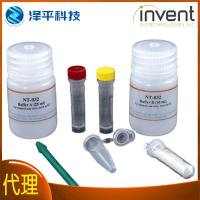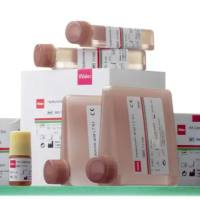Production of Interspecific Hybrids in Ornamental Plants
互联网
567
In breeding of ornamental plants, interspecific hybridization and polyploidization have successfully been used to produce novel cultivars with blended traits of both parents and to introgress useful traits of one species to another. Embryo rescue techniques and molecular cytogenetic methods have successfully been used to produce and characterize interspecific hybrids in various genera. In this paper, recent advances in interspecific hybridization are described based on the results obtained in Primula , Cosmos , and Kalanchoe with special references to the use of embryo culture techniques for rescuing the abortive hybrid embryos. The methods for production and characterization of interspecific hybrids are categorized into three steps, i.e., (1) pollination, (2) rescue culture of immature embryo, and (3) confirmation of hybridity and ploidy level of the plants obtained. For interspecific crosses, emasculation step is usually needed to avoid self-pollination even in the genera with self-incompatibility system, such as Primula and Cosmos , since self-incompatibility is not always complete. Since interspecific crosses are usually hindered by various cross-incompatibility mechanisms, successful production of interspecific hybrids could be achieved only from limited crosses among those using many cultivars/strains of both parents, suggesting the importance of the selection of the compatible genotypes. Unilateral cross incompatibility is commonly observed in interspecific cross combinations, so reciprocal crosses should be conducted as an indispensable step. At the rescue culture step, addition of plant hormones, e.g., auxin cytokinin and gibberellin, to the culture medium at the appropriate concentrations is proved to be effective and necessary. The hybridity of the plants is efficiently confirmed at the seedling stage by DNA analysis in addition to the observation of morphological characters. The analysis of relative DNA contents by flow cytometry is an easy and rapid means to confirm hybridity and to estimate ploidy level and genomic combination.








